Europe’s island that swaps nationalities on 31 Jul and 01 Feb each year
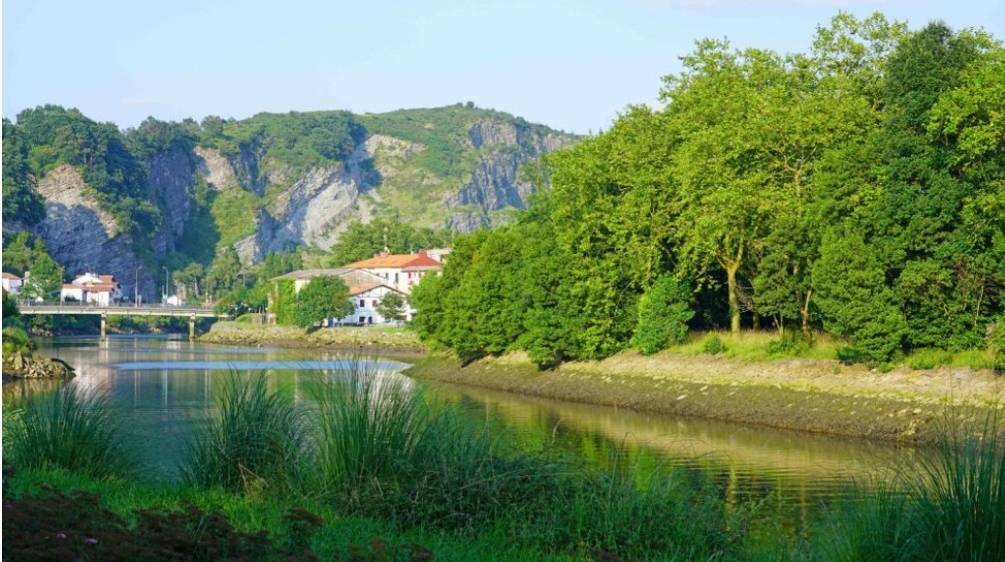
By Mike MacEacheran
Pheasant Island, located between France and Spain, bizarrely changes countries twice a year. But why?
From the sublime viewpoints above San Sebastián in the Basque Country, a hiker can see one of the world’s oldest, most romantic, most biblical of paths. The Camino de Santiago pilgrimage passes this way, and the Homerian traverse to Saint James’ tomb in the far western corner of northern Spain is well-trodden, proselytising many and capturing minds for centuries.
Each year, long-distance hikers and pilgrims come here in their hundreds of thousands, but I was not one of them. Instead of the cracked valleys winding towards churches, my destination was somewhere else entirely. A strange, uninhabited place called Pheasant Island.
Looking to understand Spain’s Basque Country better, I accidentally stumbled upon the two-acre sliver of land while browsing through illustrated maps of the Western Pyrenees. Sheltered in the borderlands between Hendaye, France, and Irun, Spain, on the Bidasoa river flowing to the Bay of Biscay, the perplexing island is presided over by each nation for six months in turn and is a historical record of the rivalry between the countries.
Border irregularities are found throughout Europe – and the world – but a 200m-long island that swaps countries biannually is unfathomably odd. And few, curiously, know much about Pheasant Island at all.
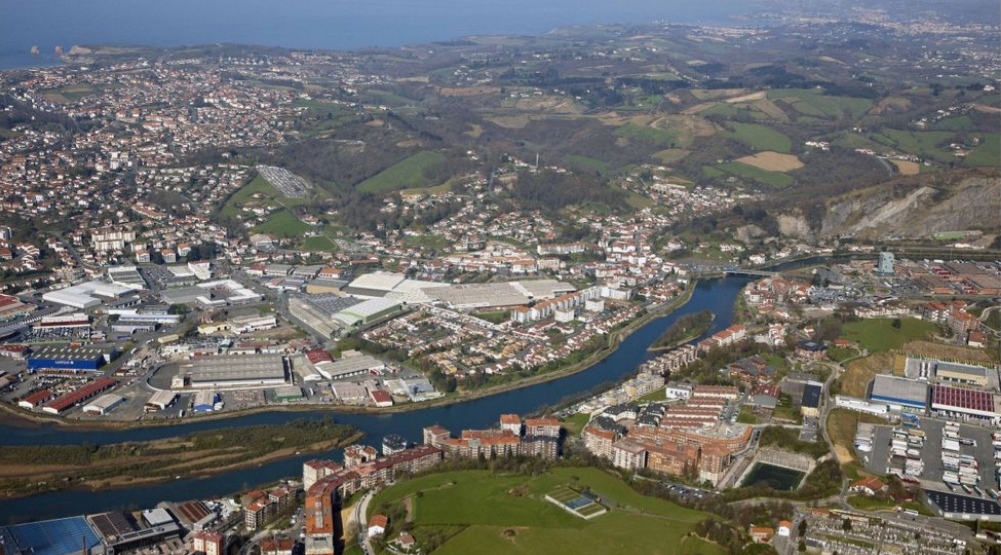
Pheasant Island is located on the Bidasoa River between Hendaye, France, and Irun, Spain
I learnt this much before I arrived to see the mysterious island for myself this spring. I was in the company of Pía Alkain Sorondo, an archaeologist who now leads walking tours of the region, and, like most people in this part of Spain, she feels a duty to keep the histories of the Basque Country alive. No matter how unusual they might be.
“I love telling the story of our heritage,” Sorondo told me, as we strolled along the French-Spanish border east of San Sebastián, and, in a way, back in time. Behind us was a collection of industrial lots, apartments and tapas-like pinxtos bars, but in front of us were archaeological Roman remains of an ancient bridge and the bygone island itself. “There is medieval history hidden all along this riverbank, but most people walk by here without knowing any of it. That’s what I’m trying to change.”
To learn the backstory here is like a discovery. It is almost a ghost island
When we reached our destination, a riverside park facing the isle, we were greeted by a sight like few others. Pheasant Island, browed with trees and elliptical in shape, lies just 10m from the Spanish side of the river and 20m from the French. It’s of such historical importance that it’s only rarely opened to visitors. At the centre was an enormous, inscribed monolith, shaped like a cenotaph, that gave a sense of the weight of centuries of history to the place. Tomb-like and grandstanding, it commemorates the meeting where the Treaty of the Pyrenees was negotiated in 1659.
“To learn the backstory here is like a discovery,” Sorondo told me. “It is almost a ghost island.”
Throughout history, there has been a succession of different monikers for Pheasant Island. For starters, today’s name – Isla de los Faisanes in Spanish, Faisai Uhartea in Basque, Île des Faisans in French – is a mistake. “There are no pheasants on Pheasant Island,” complained French novelist Victor Hugo when he visited in 1843. In fact, there are only green crested mallards and migratory birds.
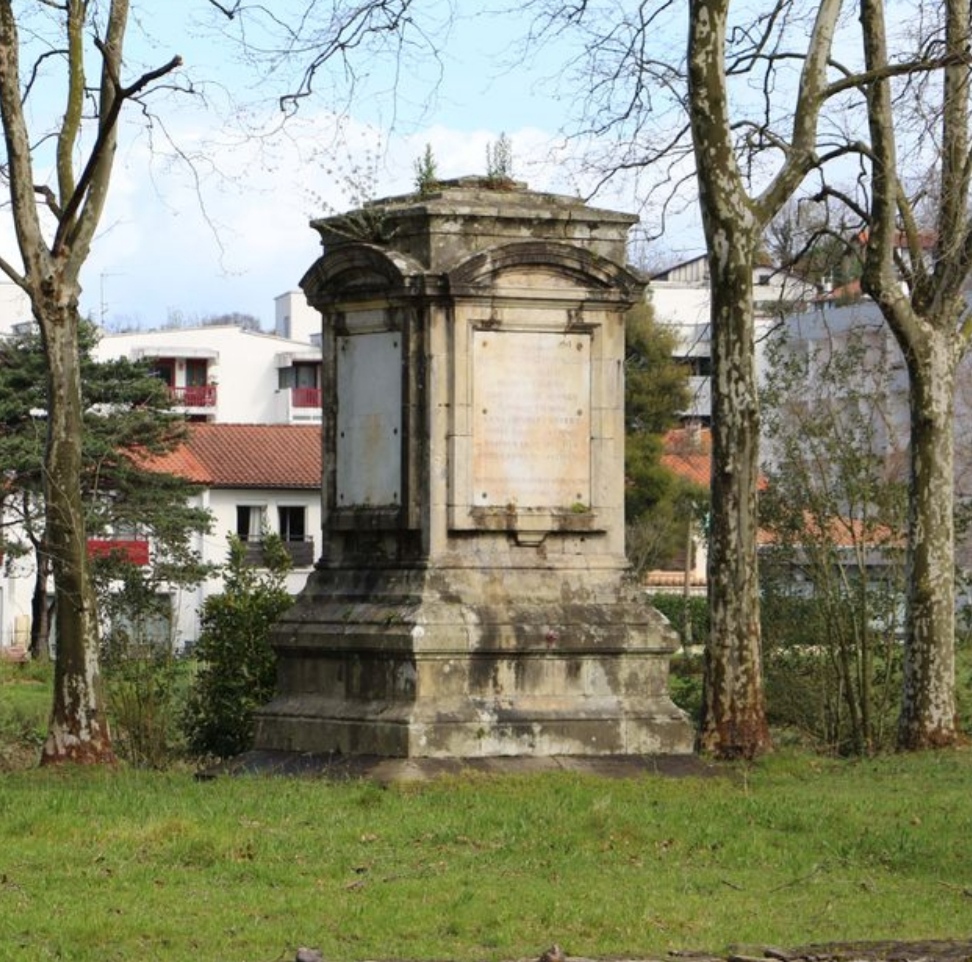
At the centre of the island, a monument commemorates the meeting where the Treaty of the Pyrenees was negotiated in 1659
In Roman times, the island was known as “Pausoa”, the Basque word for passage or step. Then the French translated this as “Paysans”, meaning peasant, before transposing it as “Faisans”, for pheasant. Over time, the name Île des Faisans stuck.
The humble island finally came into prominence in 1648, following a ceasefire at the end of the Thirty Years’ War between France and Spain, when it was chosen as a neutral space to demarcate the new borderlands. In fact, 24 summits took place, with military escorts on standby should talks breakdown. Eleven years later, the Treaty of the Pyrenees peace accord was struck.
To honour the occasion, a royal wedding was mooted, and, in 1660, French King Louis XIV married the daughter of King Philip IV, Maria Theresa of Spain, on the spot of the declaration. Wooden bridges were built to ease passage, royal parties arrived in state barges and carriages, and tapestries and paintings were commissioned. Diego Velázquez, court painter to Philip and whose magnum opus remains Las Meninas (a portrait of Margaret Theresa with her maids of honour) was put in charge of arranging much of the festivities.
So symbolic was Pheasant Island as a metaphor of peace, in fact, that it was decided both countries would have joint custody of the territory. Spain would hold stewardship from 1 February to 31 July each year, while Pheasant Island would become an official part of France for the other six months. In that moment, the world’s smallest condominium was born.
By definition, condominiums are places determined by the presence of at least more than one sovereign state. The sense is derived from Latin, with “com” implying “together” and “dominium” meaning “right of ownership”. And over the centuries, numerous countries have become embroiled in geographic tug o’ wars over condominiums, with governments spending decades happily arguing the finer points of who owns what and why. Most aren’t centres of empire, but rather experimental, geopolitical addendums.
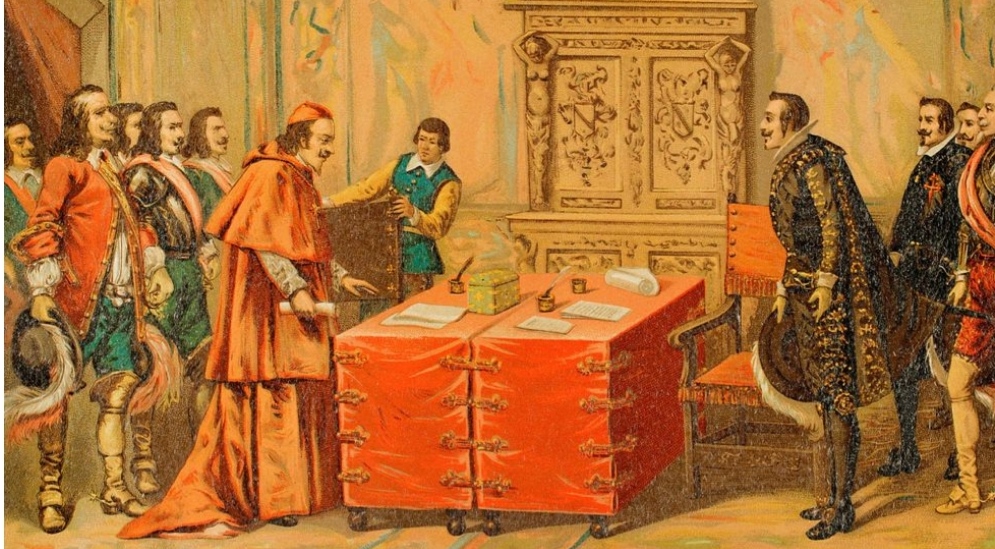
The Treaty of the Pyrenees peace accord, which was negotiated here, established the border between the two countries
At least for now, there are eight in the world, including Lake Constance, the tridominium between Austria, Germany and Switzerland; the Brčko District shared by Bosnia and Herzegovina; and the disputed territory of the Republika Srpska. Then there is the Joint Regime Area, a shared maritime zone between Colombia and Jamaica; and the Abyei Area contested by South Sudan and Sudan.
Another is the Moselle river and its tributaries the Sauer and the Our – a riverine condominium shared between Germany and Luxembourg; while the Gulf of Fonseca is a tripartite condominium portioned up by Honduras, El Salvador and Nicaragua. Antarctica is the last but also the largest and most momentous, a theoretical continental condominium, governed by the 29 signatories of the Antarctic Treaty that have consulting status.
On the day of my visit to Pheasant Island, the territory was in the hands of the Spanish. A group of kayakers was exploring its nooks from the water, and, on land, only one passer-by stopped to take photographs. Besides administering the gardening, maintaining the boat landing site, discussing fishing rights and monitoring the water quality, there isn’t much for the Spanish to do on a month-to-month basis. Visitors are only allowed onto the island on rare occasions: either on one of the bi-annual handover days, when the island is abuzz with activity during the official ceremony, with flags, delegates, diplomats and plenty of formal pomp; or as part of ad-hoc, occasional heritage tours.
One alarming development reverberating around the border communities, however, is the number of immigrants trying to illegally cross the river from Spain into France. The day before I arrived, a foreign national had drowned while attempting to swim across and, as Sorondo and I talked history and Basque politics, a police boat sifted through the waters looking for the body.
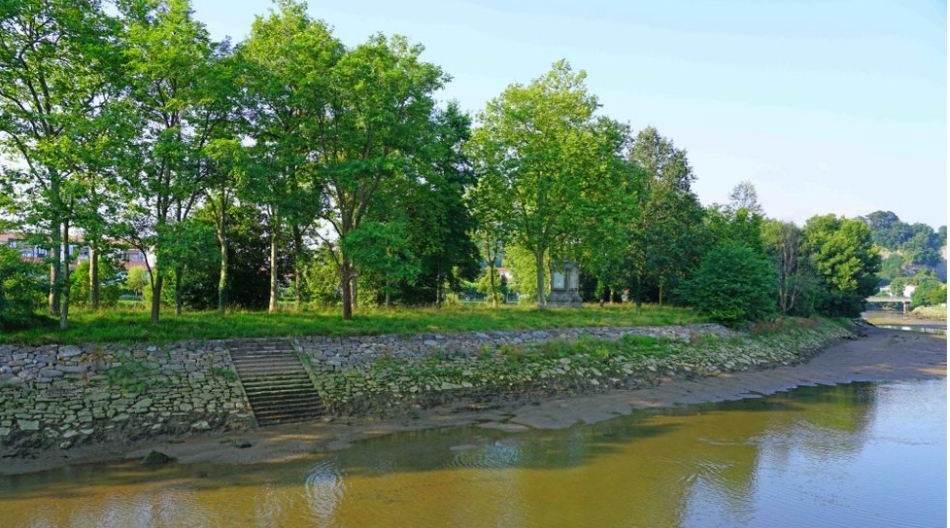
The island is only opened to the public on one of the bi-annual handover days or as part of heritage tour
Current figures from Irungo Harrera Sarea, Irun’s NGO, estimates that up to 30 migrants arrive every day seeking safe passage north into France. As a tidal channel, the Bidasoa has an abrupt 3-4m height differential, with the river flowing up and downstream from the official border on the National Road bridge like a full-frontal attack.
“This is still a place of new hope for so many,” Sorondo said, “but it is also a death trap.”
With such sorrowful words lingering in the air, just one clinching thought played around in my head before I left. Pheasant Island may be an unremembered, historical footnote of an island. But in our ever-variegated, unpredictable world of border disagreements and land grabs, it is a symbol of peace and one that we should never forget.
Source : BBC TRAVEL




